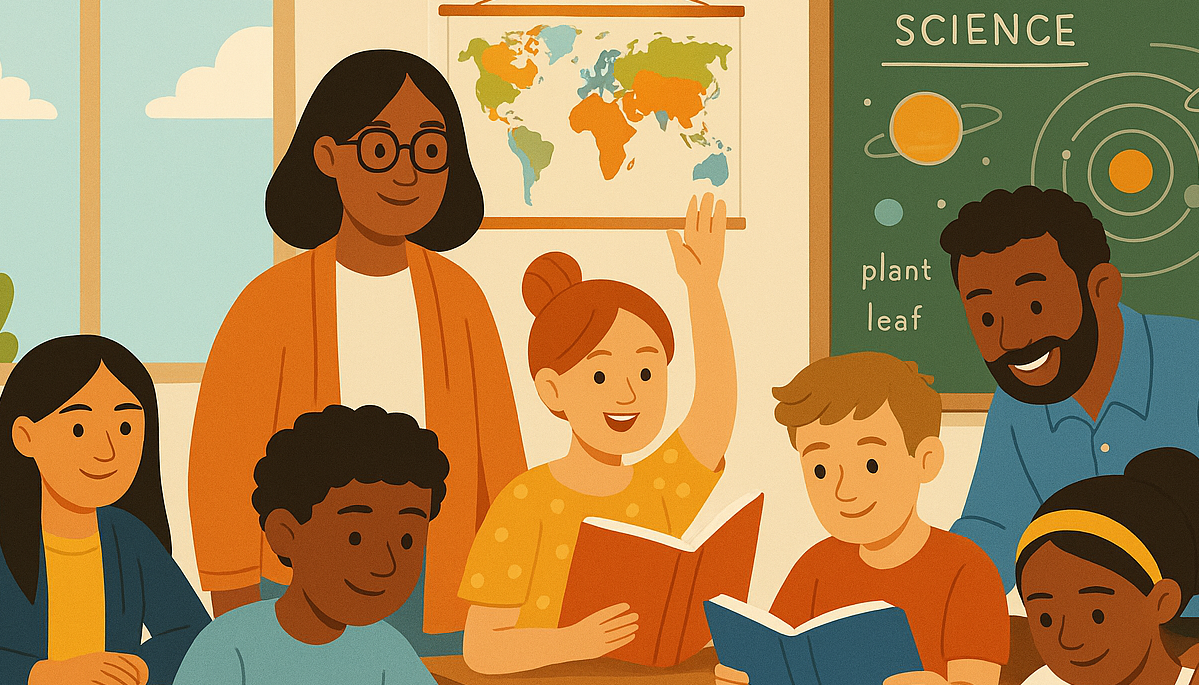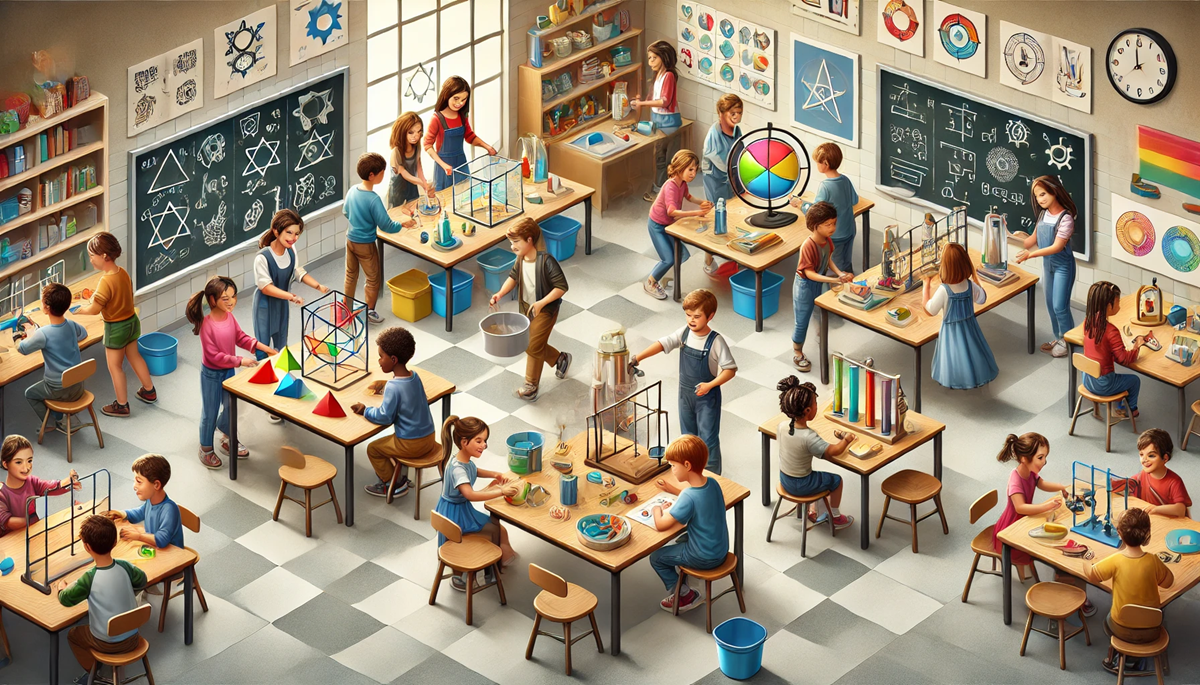It seems impossible to have any role in education and not have heard someone extoll the virtues of promoting a growth mindset in students. There’s a good reason for this: holding a growth mindset is associated with increased academic performance, more participation in the classroom, greater academic risk-taking, higher motivation, and higher rates of graduation.

In my school walkthroughs, I’ve seen teachers really taking this to heart and implementing many of the recommended strategies (i.e. praising work and progress rather than answers; encouraging students to monitor progress; focusing on the learning rather than the answer) to help their students think of intelligence as something that can be improved rather than something that is finite. This is really amazing to see because shifting mindset can have a huge impact on a student’s life.
One thing that I’ve been missing in these walkthroughs though, is seeing the teachers change their mindsets about their own practices and intelligence. Growth mindset isn’t just for the kids, it’s for all of us!

One of the founding principles at Ensemble Learning is “learning.” We strive to always learn and grow and improve our practice. In turn, we ask the school leaders and teachers that we work with to adopt this goal as well. The practice of education is ever changing as we learn more about how kids learn and the most effective methods for maximizing that learning, so teachers too, need to be ever learning and growing.
The same benefits of growth mindset for kids also translate for adults: higher rate of professional success (as measured by promotions and salary); sustained career motivation; and a higher reported happiness. Not to mention, modeling growth mindset can help your students to learn it as well!
So what does a growth mindset look like in adulthood? First, it looks like always striving to learn and grow. This could mean taking continuing education classes, reading education blogs, or even just trying out a new technique that you’ve been curious about. Second, it looks like being comfortable with failure. Failure is an opportunity to learn. This is a really hard one for me because, especially as an adult, mistake and failure are rarely celebrated. However, they are an important part of the learning process. You wouldn’t let your student give up on math because they did poorly on a test, right? Similarly, you shouldn’t give up if you try something and it doesn’t work (but watch the praise with your friends – the things you’d say to kids sometimes feel patronizing to adults). Third, growth mindset looks like celebrating milestones on the way to a larger goal. Every bit of growth is worth noting and celebrating, so if you have a goal of improving your students’ test scores by 20%, celebrate when you hit that 5% mark because that is progress and progress is amazing! Growth then becomes the goal and when you hit that 20%, that’s great, but it isn’t the end because you’ve learned that continuous improvement is where the real fun lies!

Developing a growth mindset is a great way for all of us to continue to be engaged in our craft and as your practice changing your mindset about your own learning in education, you’ll find that your mindset around other areas of your life change too. It requires effort, but it’s a worthwhile endeavor!
Further Reading:
Is Mindset Culture Shift Possible for Adults?
15 Ways to Build Growth Mindset
Negative Career Feedback: The Moderating Role of Mindset
Dr. Leigh Mingle is the Senior Director of Research and Data Analysis at Ensemble Learning. Continue the conversation with her at lmingle@ensemblelearning.org. To learn how you can partner with Ensemble Learning for powerful adult learning, contact Ensemble CEO, Elise Darwish at edarwish@ensemblelearning.org.


